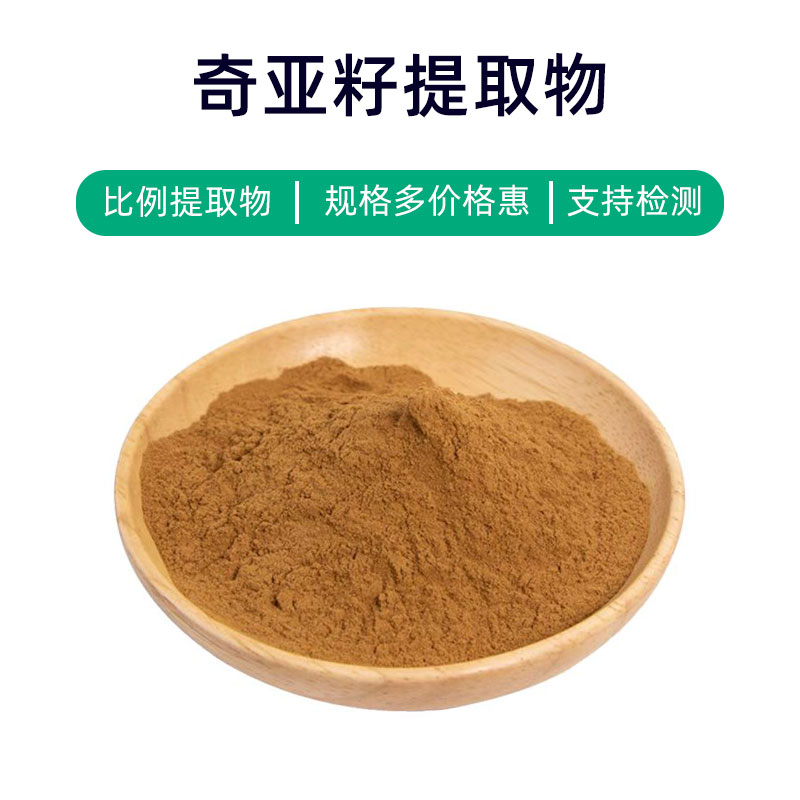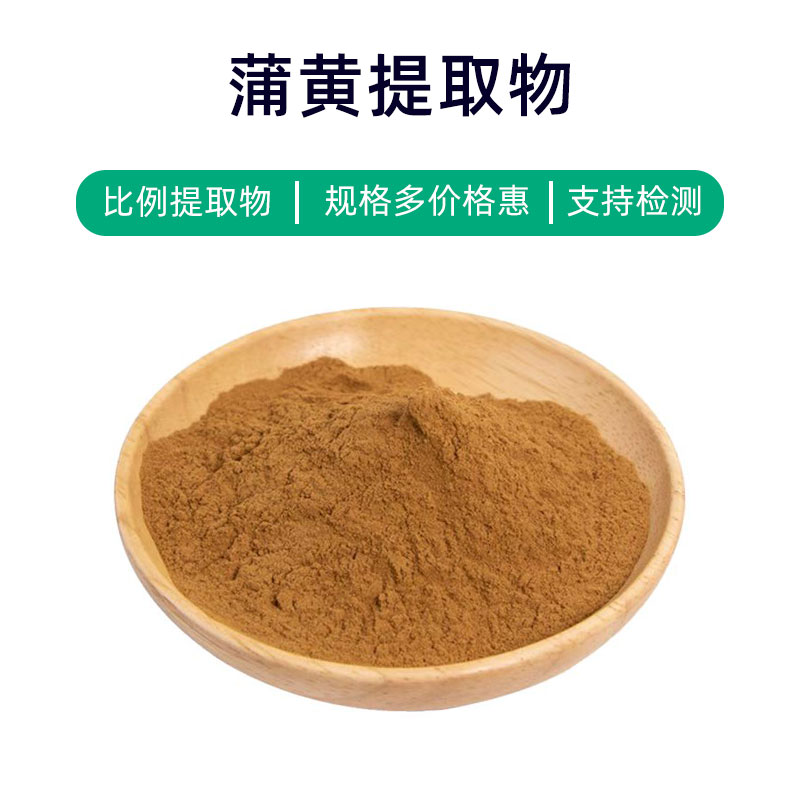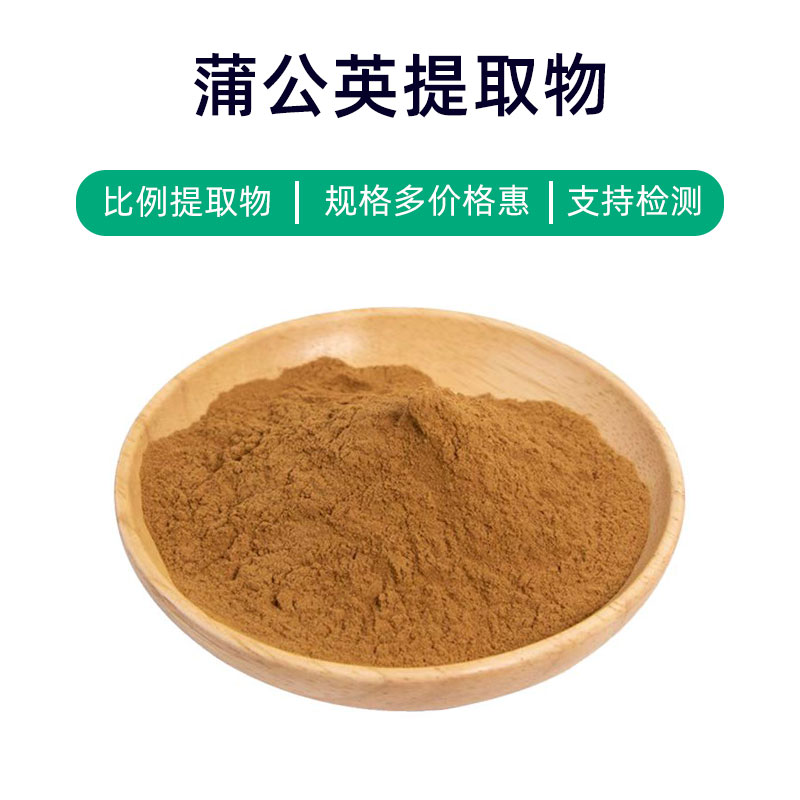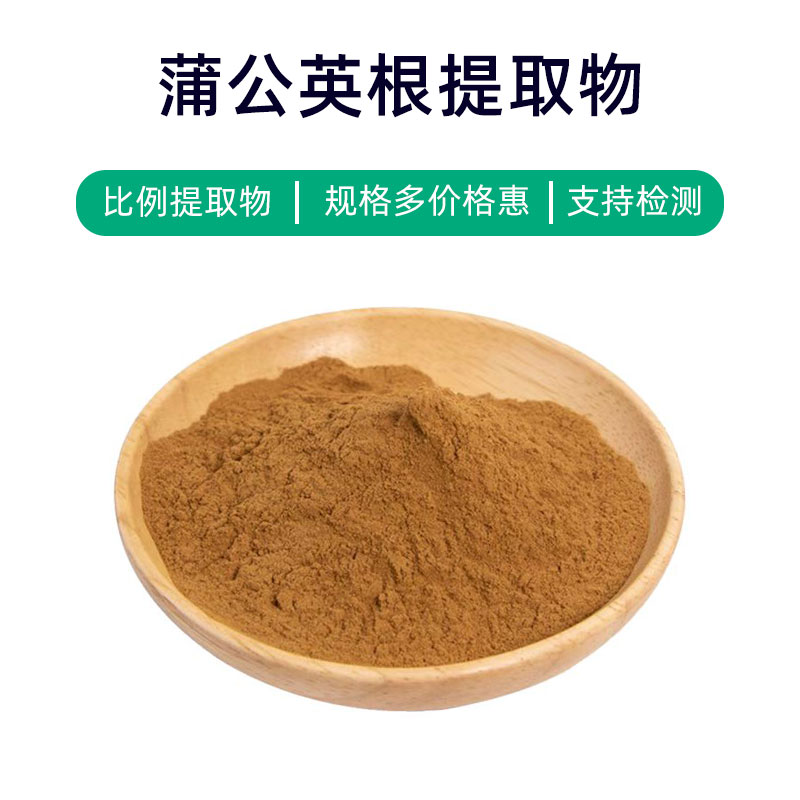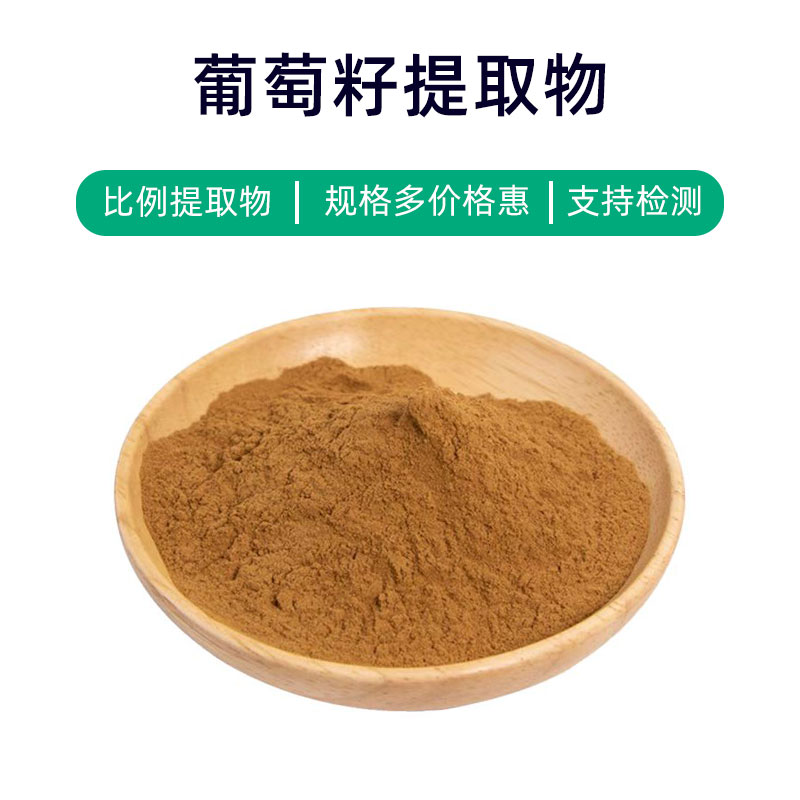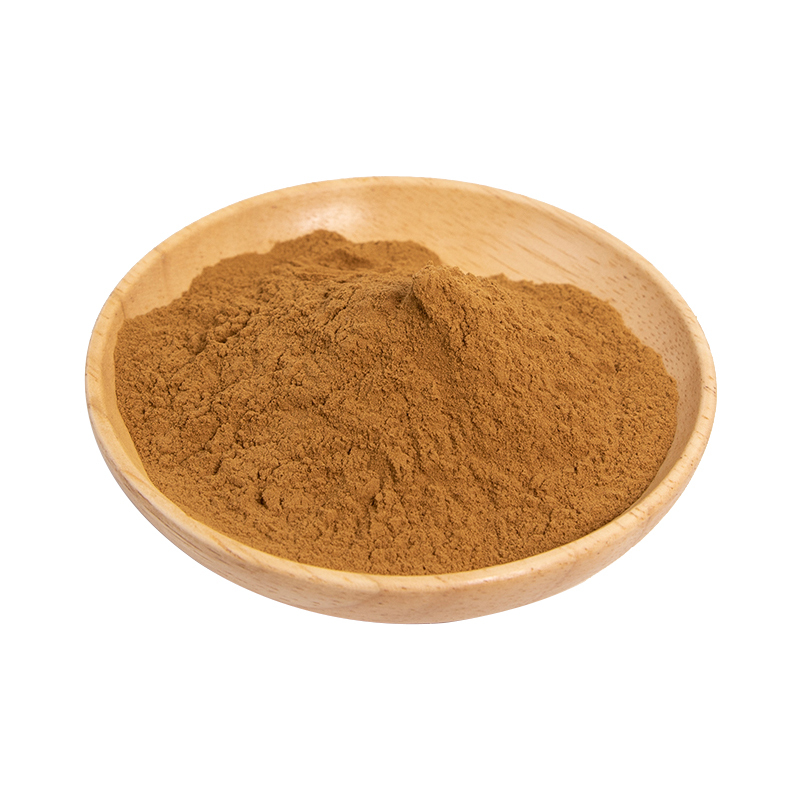Raspberry Leaf Extract Product Introduction
Raspberry leaf extract is a natural plant extract derived from the leaves of the raspberry plant. Its main components include flavonoids, tannins, and volatile oils, which provide various functions and applications.
Raspberry leaf extract is widely used in health supplements, pharmaceuticals, and food products. Its primary functions and applications include:
- Regulating Menstruation: Raspberry leaf extract contains flavonoids that help regulate the menstrual cycle, alleviating women's physiological discomfort and menstrual irregularities.
- Alleviating Menstrual Pain: Raspberry leaf extract is believed to have analgesic and anti-inflammatory properties, effective for relieving menstrual cramps and other physiological pain symptoms.
- Promoting Digestion: Raspberry leaf extract contains tannins and volatile oils that aid in promoting digestive fluid secretion, improving digestive function, and relieving indigestion and gastrointestinal discomfort.
- Antioxidant Effects: The flavonoids in raspberry leaf extract have antioxidant properties, helping to eliminate free radicals in the body, slow down cellular oxidative damage, and may contribute to anti-aging.
- Antibacterial Properties: Raspberry leaf extract is believed to possess certain antibacterial effects, useful for preventing and alleviating infections and inflammation in the oral cavity and throat.
Overall, raspberry leaf extract is a multifunctional natural plant extract with various benefits, suitable for women's health and digestive system regulation.
Raspberry Leaf Extract Production Process
The production process of raspberry leaf extract typically includes the following steps:
- Raw Material Preparation: Fresh, healthy raspberry leaves are selected as the raw material. Preliminary cleaning and sorting are performed to ensure raw material quality.
- Crushing and Grinding: The cleaned raspberry leaves are crushed and ground to increase extraction efficiency, usually using mechanical crushing equipment.
- Solvent Extraction: The crushed raspberry leaves are placed in extraction equipment, where suitable solvents (such as water or ethanol) are used for soaking. Extraction temperature, time, and solvent concentration must be controlled according to process requirements to fully extract the active ingredients from the leaves.
- Filtration: After soaking for a specific period, the extract is filtered to remove solid impurities and residues, resulting in a clear extract.
- Concentration: The filtered extract is concentrated to remove most of the water, yielding concentrated raspberry leaf extract. Common concentration methods include vacuum concentration and spray drying.
- Purification: The concentrated extract undergoes further purification to remove residual solvents and impurities, enhancing the purity and quality of the extract.
- Drying: The purified extract is dried to reduce moisture content, usually using spray drying or vacuum drying methods, converting it into a powder form.
- Packaging: Finally, the dried raspberry leaf extract is packaged according to certain standards, typically using sealed packaging materials to ensure product quality and shelf life.
The production process of raspberry leaf extract requires strict control of operational conditions and parameters at each step to ensure that the extract meets quality and purity standards, in compliance with relevant production regulations.
Efficacy and Side Effects of Raspberry Leaf Extract
Raspberry leaf extract is a natural extract derived from the leaves of the raspberry plant, offering various benefits and effects, mainly including:
- Regulating Menstrual Cycle: Traditionally, raspberry leaf extract has been used to regulate women's menstrual cycles. It contains flavonoids that may help balance female hormone levels and alleviate menstrual irregularities and premenstrual syndrome.
- Alleviating Menstrual Pain: Some studies indicate that raspberry leaf extract has analgesic and anti-inflammatory effects that can alleviate menstrual cramps and other related pain symptoms, potentially by reducing uterine contractions and inhibiting inflammatory responses.
- Promoting Digestion: Raspberry leaf extract contains tannins that help stimulate the secretion of gastrointestinal digestive fluids and improve digestive function, aiding in alleviating issues such as indigestion, heartburn, and diarrhea.
- Antioxidant Properties: Rich in flavonoids and other antioxidants, raspberry leaf extract helps eliminate free radicals in the body, slows cellular oxidative damage, and contributes to anti-aging and improved immunity.
- Antibacterial and Anti-inflammatory Effects: Studies provide evidence that raspberry leaf extract possesses antibacterial and anti-inflammatory activities, which can help prevent and alleviate infections and inflammation in oral and throat regions.
- Supporting Lactation: Some reports indicate that raspberry leaf extract may assist in promoting milk secretion, offering benefits for nursing mothers.
Regarding side effects, no large-scale clinical studies have confirmed side effects associated with raspberry leaf extract. However, as a natural plant extract, individual differences and allergic reactions may still occur. It is recommended to follow the manufacturer's advice and avoid excessive usage to reduce potential adverse reactions.
In summary, raspberry leaf extract provides multiple benefits such as regulating menstrual cycles, alleviating menstrual pain, promoting digestion, offering antioxidant properties, and possessing antibacterial and anti-inflammatory effects, making it suitable for women's health and digestive system care.
Applications and Dosage of Raspberry Leaf Extract
Raspberry leaf extract is widely used in pharmaceuticals, food, and cosmetics. Below is a detailed description of the application scenarios and dosage guidelines for each field:
- Applications in Pharmaceuticals:
- Regulating Menstrual Cycle: Raspberry leaf extract is traditionally used to balance women's menstrual cycles. The general recommendation is for oral intake daily, with dosages determined based on individual circumstances and medical guidance, typically ranging from 100-200 mg per dose.
- Alleviating Menstrual Pain: Used for relieving menstrual cramps and similar discomfort. Generally administered as an oral medication, dosage and frequency should be guided by individual needs and medical advice.
- Applications in Food:
- Additive: Raspberry leaf extract can serve as a food additive, enhancing nutritional value and flavor in products like teas, juices, and candies, typically added at a rate of 1-5 grams per 100 grams of food.
- Flavoring Agent: It can be used to enhance the flavor and taste of yogurt, jams, and similar foods.
- Applications in Cosmetics:
- Skincare Products: Due to its rich antioxidant content, raspberry leaf extract can be included in skincare products for moisturizing, anti-aging, and whitening effects. Common dosage ranges from 0.5-2 grams per 100 grams of skincare product.
- Hair Care Products: It can be incorporated into shampoos and conditioners to improve hair texture and health, usually added at 0.5-2 grams per 100 grams of shampoo.
It's important to adhere to dosage guidelines based on product instructions or medical advice, avoiding excessive use to prevent adverse reactions. When used in food and cosmetics, attention should be paid to product formulations and safety to ensure compliance with relevant regulations and standards. Additionally, for special populations such as pregnant women, nursing mothers, and children, consulting a healthcare professional before use is advisable.
Description, Distribution, and Growth Environment of the Source Plant of Raspberry Leaf Extract
Raspberry (Rubus idaeus) is a common shrub belonging to the rose family, native to Europe, North America, and parts of Asia. Raspberry plants thrive at lower elevations, predominantly found in temperate forests, forest edges, hillsides, riverbanks, and lake shores. Below is a detailed description of the source plant of raspberry leaf extract, its distribution, and its growth environment:
- Plant Characteristics:
- Raspberry is a perennial deciduous shrub, usually between 1-2 meters tall, occasionally reaching up to 3 meters.
- The leaves are palmately compound, comprising 3-5 leaflets, with a smooth surface and serrated edges.
- The plant has thorns, with stems ranging from red to brown, and young branches covered in fine hairs.
- Distribution:
- Europe: Raspberry plants are widely distributed across Europe, especially in Northern, Eastern, and Central Europe.
- North America: Raspberries are also common in North America, with their distribution covering Canada, the United States, and Mexico.
- Asia: Certain regions in Asia, including Siberia, China, and Japan, also host raspberry plants.
- Growth Environment:
- Climate: Raspberries prefer warm, humid climates, well-suited to environments with ample sunlight and sufficient rainfall.
- Soil: While raspberry plants are not overly demanding in soil requirements, they thrive in loose, well-draining soils, particularly in those with a pH between 5.5-7.
- Growing Environment: Raspberries are typically found at forest edges, understory areas, hillsides, riverbanks, and lakeshores, enjoying cool, moist environments.
In summary, the source plant of raspberry leaf extract, the raspberry, is a shrub widely distributed in temperate regions, thriving in warm, humid climates and commonly found at forest edges, hills, and near water bodies. These characteristics make raspberry leaf extract a common natural plant extract with extensive applications in pharmaceuticals, food, and cosmetics.
Processing and Storage of Raspberry Leaf Extract
The processing of raspberry leaf extract generally involves the following steps: first, fresh raspberry leaves are cleaned and ground, then soaked in a suitable solvent (such as water or ethanol) for extraction. After filtering, concentrating, and drying, the extract is obtained. To ensure the quality and stability of the extract, it should be stored in a cool, dry place, away from direct sunlight, and sealed to prevent contamination from air, moisture, and impurities. Proper storage can extend the shelf life of raspberry leaf extract and maintain the stability of its active components.
Monica Sun is a seasoned expert in the plant extraction industry with over a decade of experience in research and production. She specializes in the extraction and purification of plant active ingredients, focusing on driving innovation in natural product applications. Monica has participated in the development of multiple functional plant extracts, delivering high-value natural raw material solutions for the health food, pharmaceutical, and dietary supplement sectors.









